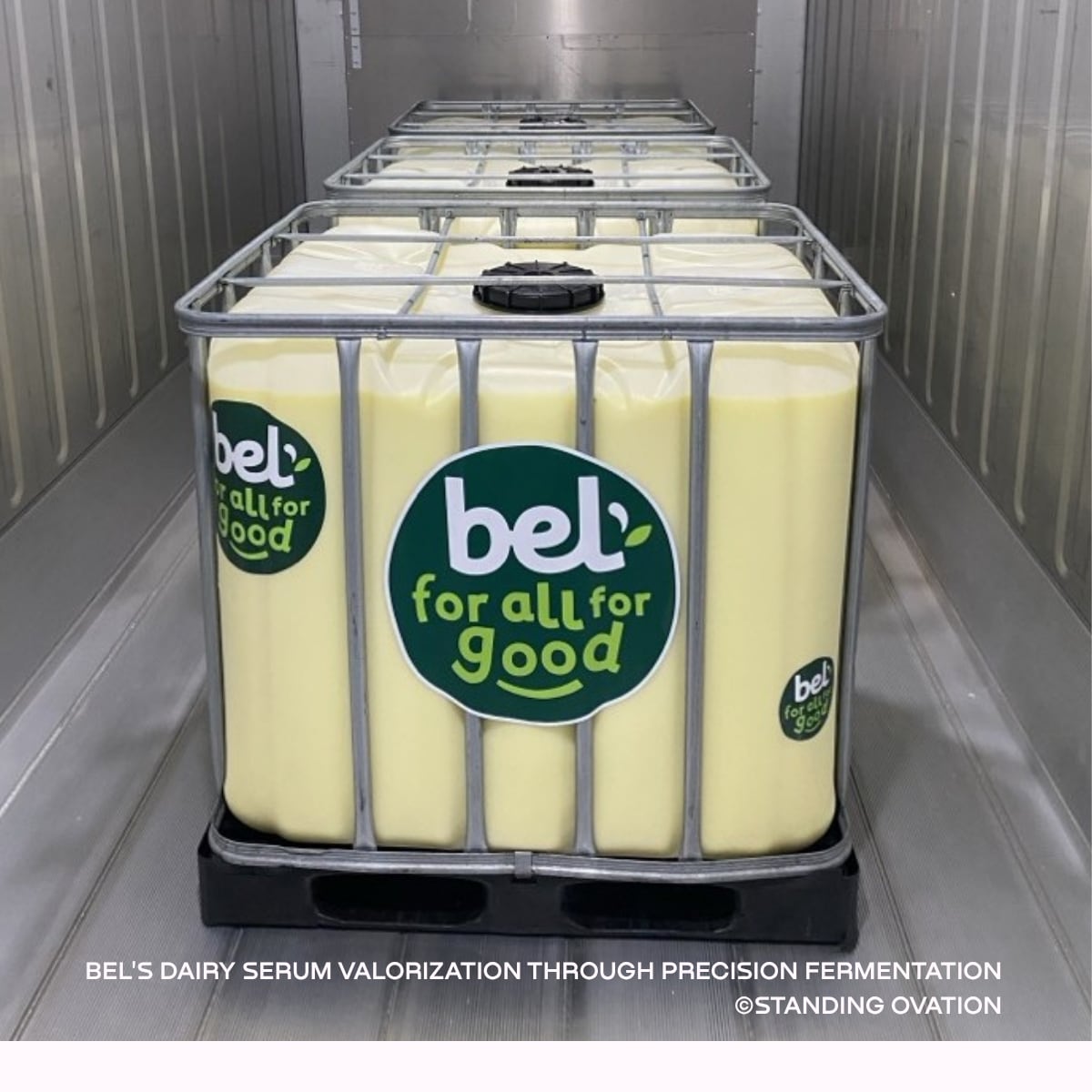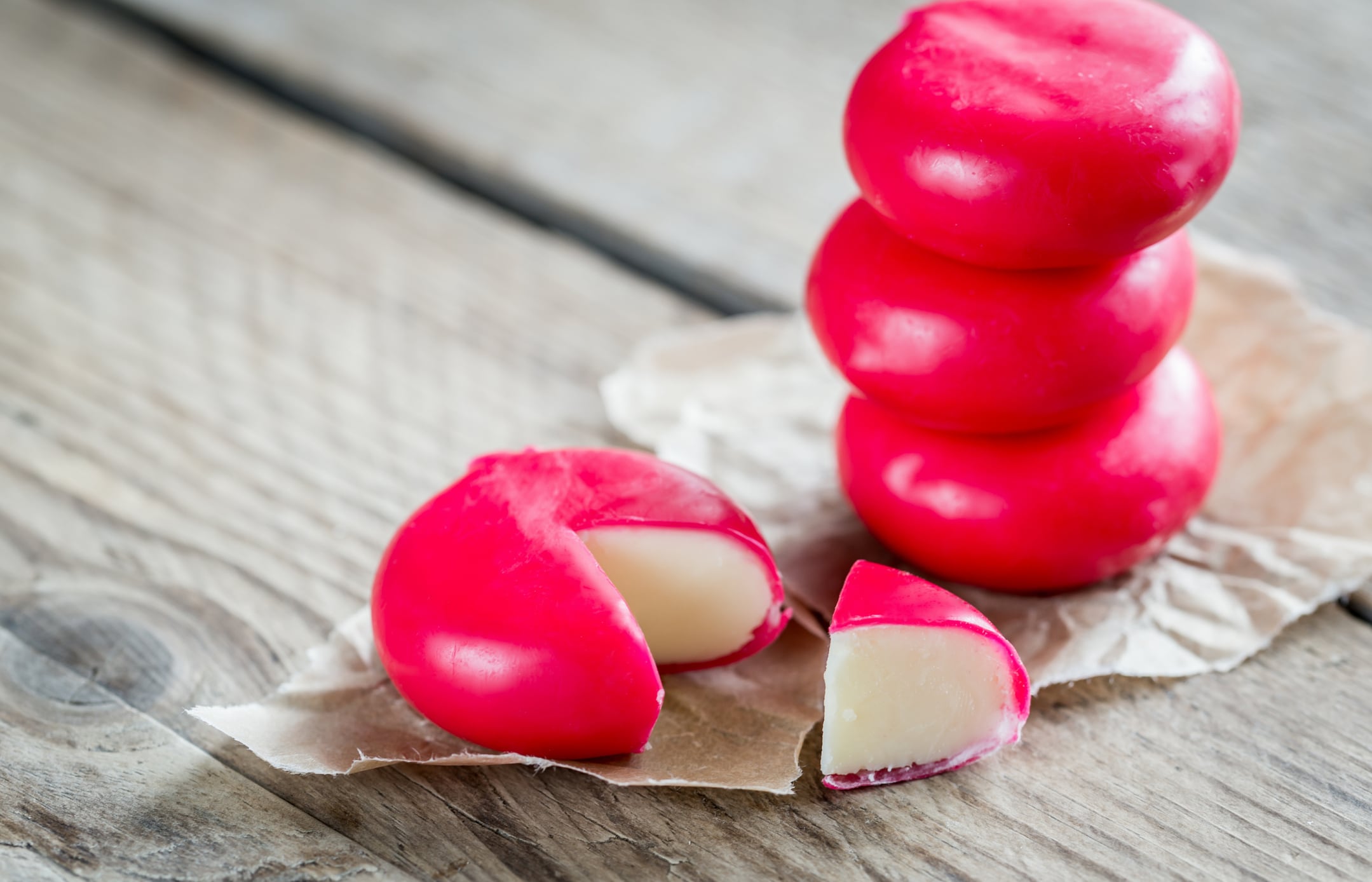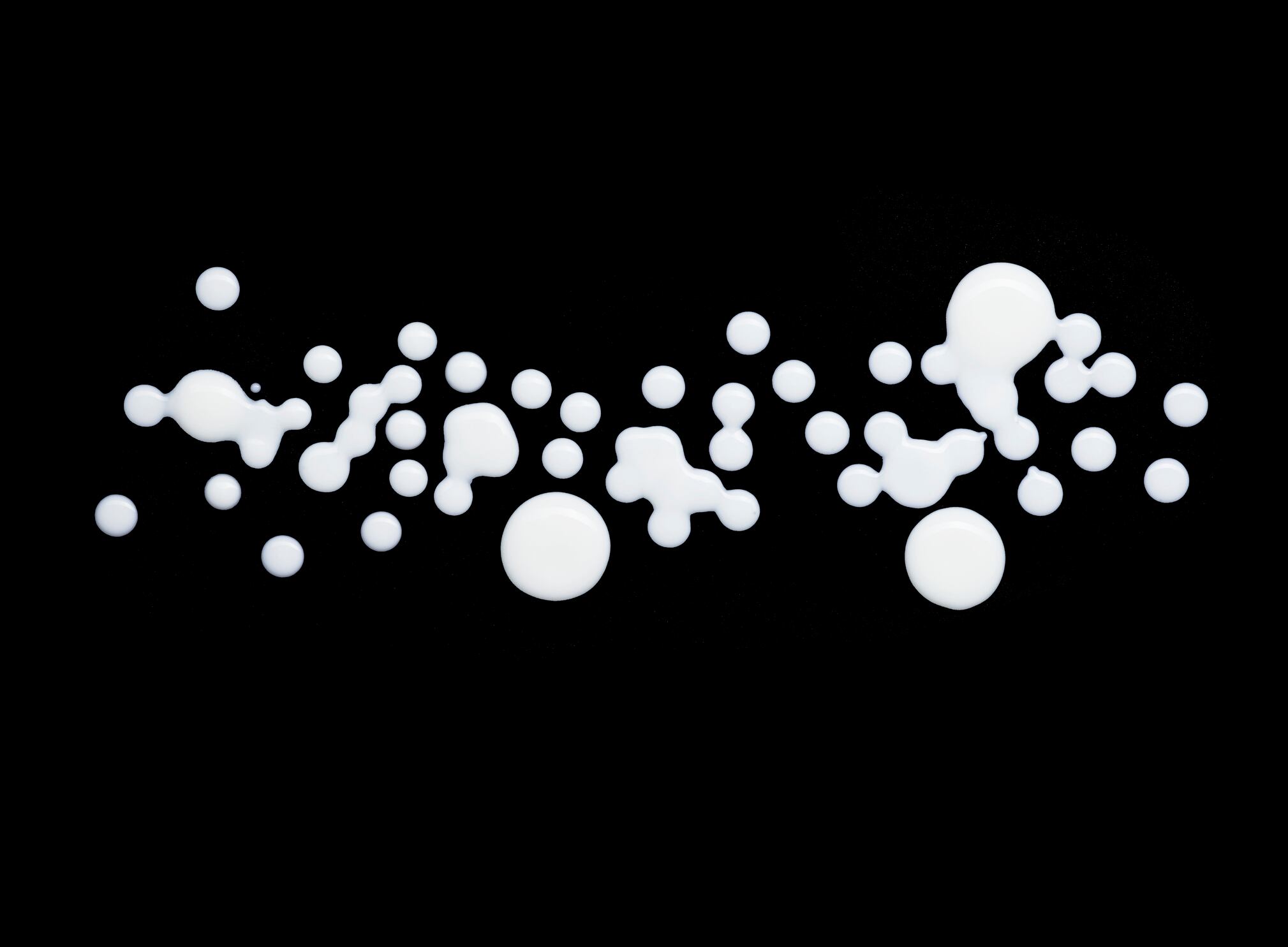How is whey turned into casein? A precision fermentation summary
- Bel and Standing Ovation produce casein from whey at scale
- Patented microbes transform acid whey into all three major caseins
- Process creates a closed loop using Bel’s cheese production by-product
- Life cycle analysis shows 74% less CO2 and 99% less land use
- Regulatory approval and pricing are key hurdles to market entry
Developing casein proteins from precision fermentation is technical enough. It requires using microorganisms as ‘cell factories’ to produce proteins like casein, the most abundant protein in milk. And there are three major casein proteins: alpha S1, alpha S2 and beta. Stay with me.
Then, imagine making these casein proteins from a completely different dairy protein: whey. The mind boggles.
But that’s exactly what dairy major Bel Group has achieved with its precision fermentation partner Standing Ovation. And not just at lab scale – at industrial scale.
How to turn whey into casein
So how can one protein be turned into another? French start-up Standing Ovation uses its own microorganisms – so unique, they’re patented – to valorise all the components in whey as feedstocks to produce caseins.
In essence, the whey acts as food for the microorganisms, so that they grow and produce what they’re programmed to: all three major casein proteins.
And where does the whey come from? In a lovely, full-circle moment, the whey is sourced from Bel’s cheese production as a side stream ingredient. Specifically, it’s acid whey – which is what’s left over when whey proteins have been purified from whey streams. It’s a whey by-product, if you will.

“The remaining liquid is difficult to valorise,” explains Romain Chayot, co-founder and CSO of Standing Ovation. “With a patented process through precision fermentation, Standing Ovation is able to reintegrate it into a production cycle and give it a second life by transforming it into highly functional proteins.”
The benefits of a closed loop system
By working with a major cheese producer like Bel, Standing Ovation has produced a truly closed loop system. Whey is a by-product of cheese production, meaning acid whey is a by-product of a by-product. It’s that side stream that’s then used to feed the microbes to make casein. The waste, if any, is minimal.
For Bel, which has been partnering with Standing Ovation since 2022, there are obvious benefits. The company has committed to becoming carbon neutral by 2050, and it’s these kinds of innovation breakthroughs that will help move the dial on the carbon-intensive dairy sector.
“The ability to generate caseins from a co-product of traditional cheese-making represents a true technological revolution, as well as a significant step forward in our commitment to a sustainable food transition,” says Anne Pitkowski, research and applications director at Bel Group.
A life cycle assessment of Standing Ovation’s process suggests that compared to animal caseins, it cuts CO2 emissions by 74%, land use by 99%, and water consumption by 68%.
At industrial scale already, what’s holding next-gen caseins back?
It’s big news that Standing Ovation and Bel have achieved industrial-scale production for these next-gen casein proteins. The once-very high technical barrier, is now unlocked.
So what’s preventing Standing Ovation’s caseins from reaching Bel’s consumers?
Regulation is an obvious hurdle. In the US, at least one instance of self-affirmed Generally Recognised as Safe (GRAS) status has been granted for precision fermentation-derived casein. But that’s as far as it goes. Regulation is pending in other geographies, including in Standing Ovation and Bel’s native Europe.

But price is also key, something that industrial scale production should help with. “Production at industrial scale has already started with Bel, and we are expanding this production with other major dairy players as well,” reveals Standing Ovation’s Chayot.
As to whether the economics of its casein already make sense, or whether further optimisation is needed, the co-founder did not disclose. But one can suspect that it’s not until regulatory greenlights are granted, and the price is right, that next-generation caseins – including those made from whey – will end up in our cheese.



